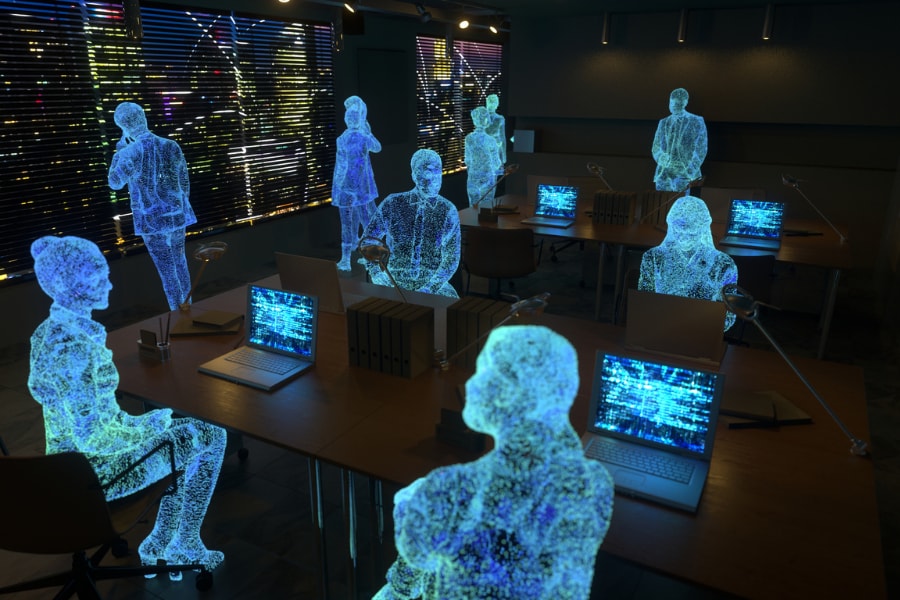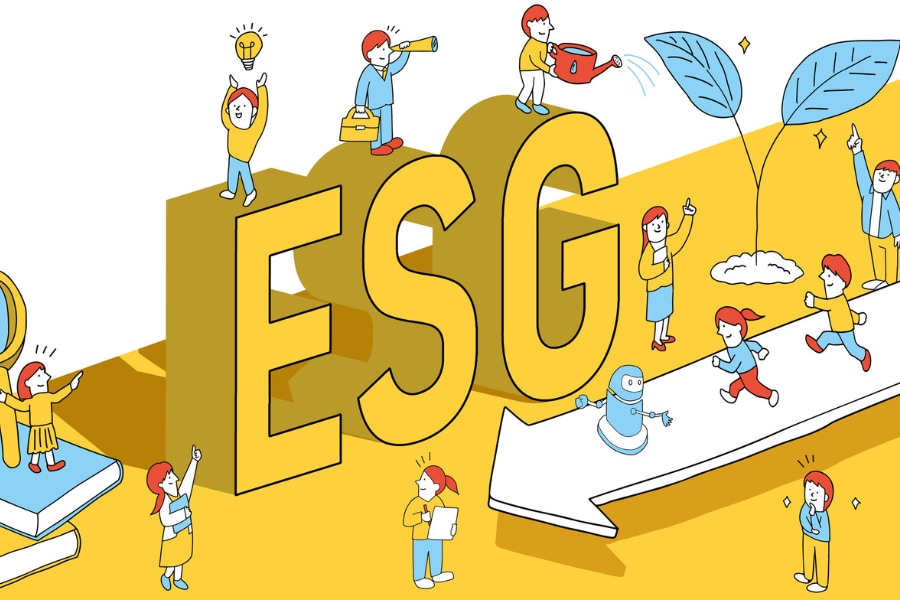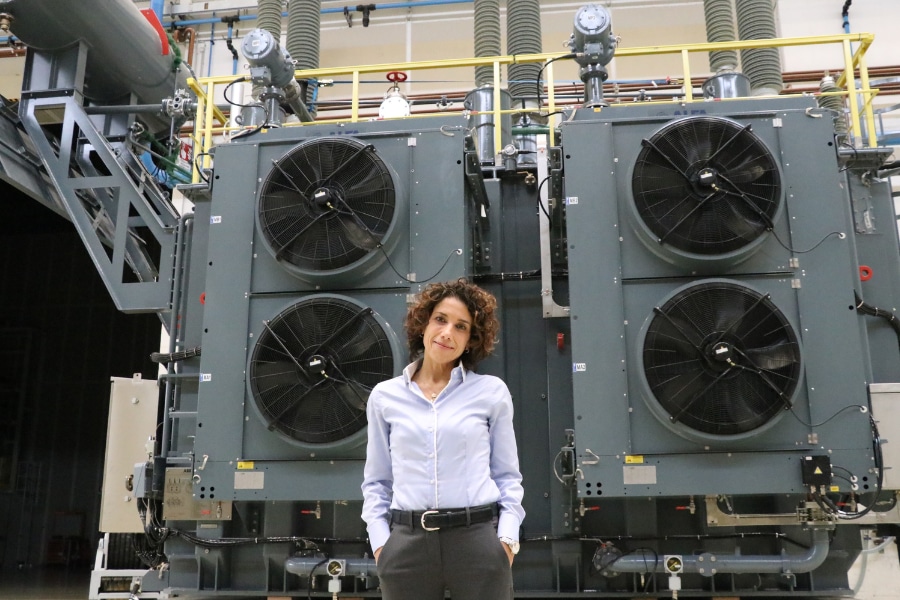Aiming for a Region-wide Decarbonized Society: The Omika Green Network
Mar. 29, 2023
Mina Shimizu
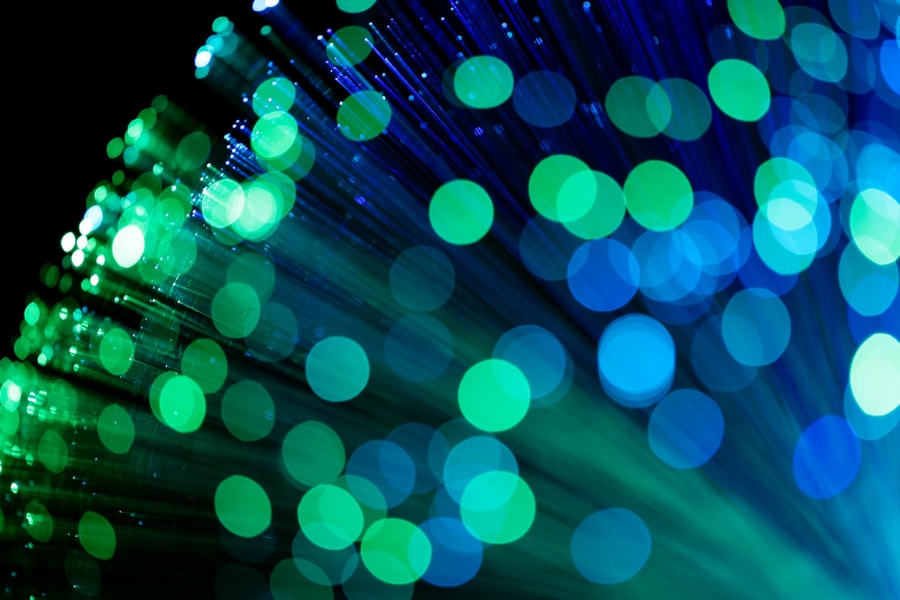
In recent years, corporate initiatives to realize a decarbonized society have become an important topic. Against this backdrop, and in addition to its efforts aimed at the supply chain, Omika Works, Hitachi, Ltd.'s(Hitachi City, Ibaraki) has partnered with the local region to implement the Omika Green Network—a concept aimed at achieving carbon neutrality (net-zero emissions of greenhouse gases) over the entire value chain. This article presents the details of this concept.
Issues facing companies in the decarbonization of society
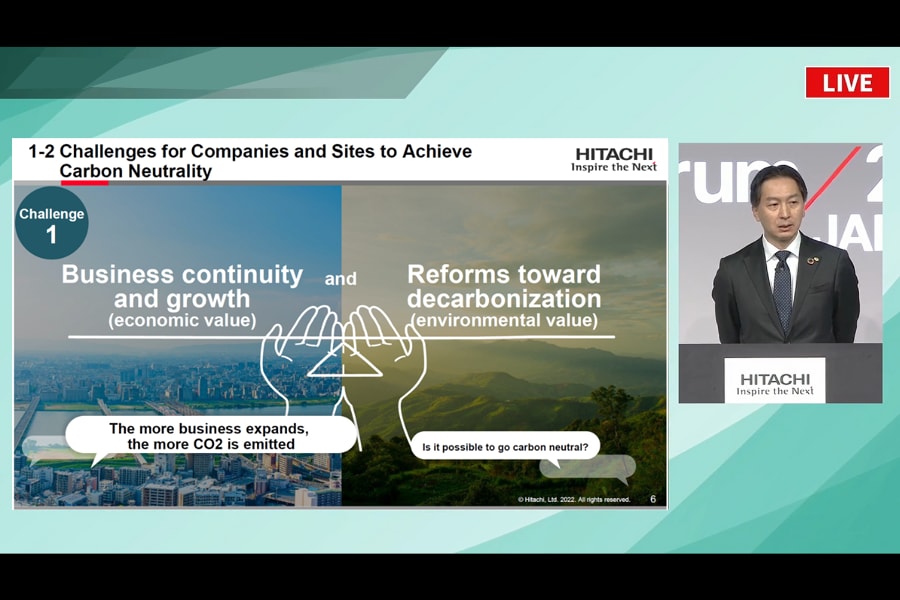
For greenhouse gas emission reductions, many companies are confronting the issue of how to achieve business continuity and growth while also pursuing initiatives aimed at decarbonization.
Calls are also being made for the Scope 3 initiative, which expands the scope of carbon neutrality over the entire supply chain, from raw materials procurement, to transportation, production, use and disposal. In particular, this is a major issue for the manufacturing industry, whose supply chains are responsible for large amounts of greenhouse gas emissions.
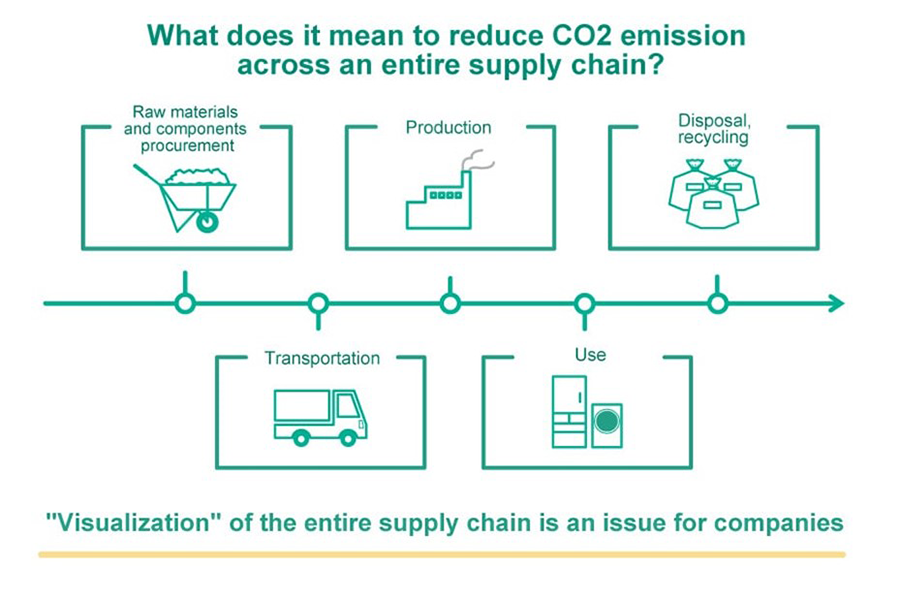
Under these circumstances, in June 2022, Hitachi established the Omika Green Network, a concept that aims to achieve carbon neutrality for the entire value chain, and through partnering with the local region and supply chain.
Daishun Chiba, general manager of the Control System Platform Division and who is promoting this initiative, explained: "We are amassing new technologies and expertise on decarbonization by carrying out GX experimental verifications with Hitachi's Omika Works serving as a hub. We are also working toward carbon neutrality through a decarbonization support network built in cooperation with industry, government, academia and finance."
Omika Works: Selected as a "Lighthouse"
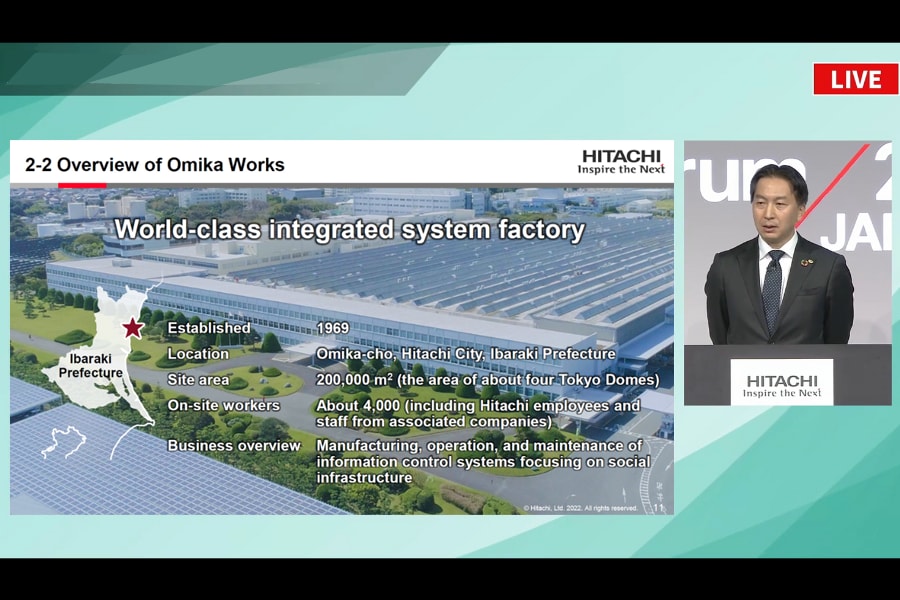
As the leader of the Omika Green Network, Omika Works has been optimizing its entire value chain, from the development and design of hardware and software to post-delivery operation and maintenance, by applying digital solutions that employ IoT technologies and data analysis.
Omika Works also has a long history of contributing to the stable supply and operation of electrical power, railways, and other important social infrastructure through its work on environmentally friendly energy management, incorporating such functions as "Power Consumption Visualization" and "Power Consumption Peek Control."
Highly evaluated for initiatives such as these, in 2020 Omika Works became the first manufacturing base in Japan to be selected by the World Economic Forum (WEF) as a "Lighthouse", i.e., the advanced factories around the world.
This is the background driving the Omika Green Network. The goal is to involve many stakeholders in the development and realization of a decarbonized society.
Making connections through the Omika Green Network
To begin with, the Omika Green Network applies GX(Green Transformation) to the Omika Works workplace. In general, GX refers to using technology to transform organizations and companies with a view toward solving environmental issues while also achieving economic growth, and in this case, represents the use of knowledge about production and energy management to reduce both costs and CO2.
Specific examples of GX include the "CO2 Reduction Effect Simulation" and the "CO2 Emissions Reduction Plan and Visualization of Results." Omika Works is progressing toward carbon neutrality by utilizing these at its workplace.
Next is regional application, accomplished by deploying the "Distributed Power Control Solution." This concept aims to expand the use of renewable energy throughout the local region by controlling the supply and demand balance, the purpose of which is to stabilize the supply of renewable energy (solar, wind, etc.) and the power system.
Aiming for a decarbonized society through the Omika GX model
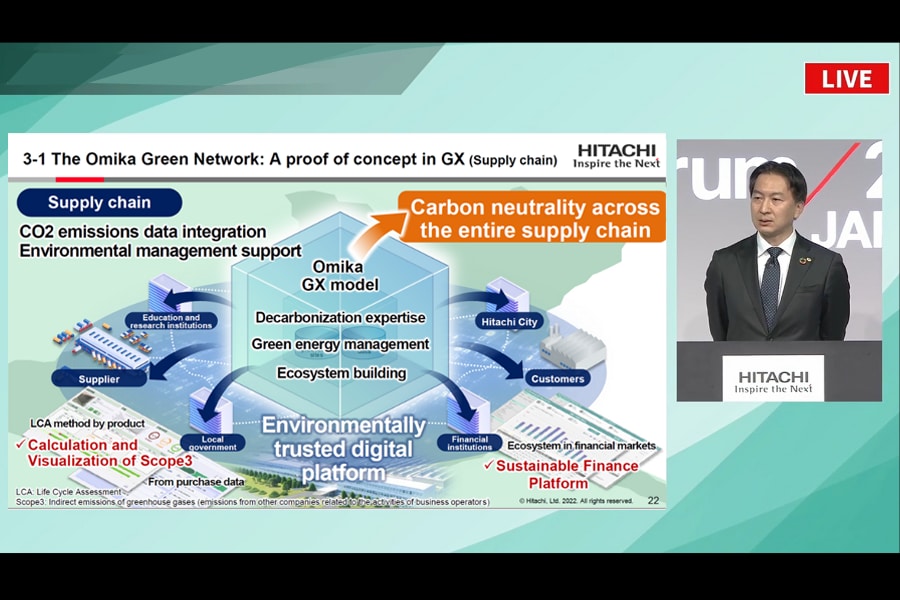
Also underway is the use of LCA (life-cycle analysis: a method for quantitatively assessing environmental loads during product and service life cycles) to connect "Data Integration Management," which visualizes supply chain CO2 emissions, with the "Sustainable Finance Platform," which supports the ESG management judgements of financial institutions. The policy intends to pursue demonstration experiments that target carbon neutrality across the supply chain.
In the future, Hitachi is planning to create a platform from the results of these demonstrations as the "Omika GX Model" for general application and then deploy it externally. Chiba describes a vision for society as obtained through serial initiatives as follows.
"We are conducting various types of demonstration tests by using Omika Works as a hub and making full use of the on-site knowledge, digital technologies and control technologies cultivated through our factory management DX. We will share a refined version of the 'Omika GX Model' with the local region and with the supply chain. Moreover, in an industrial-government-academia-financial partnership, we will develop social infrastructure ecosystems originating in the region aimed at carbon neutrality in our pursuit of a decarbonized society that allows growth."
This article was created based on the contents of a presentation given at the Hitachi Social Innovation Forum 2022 JAPAN, held in October 2022 and organized by Hitachi.

